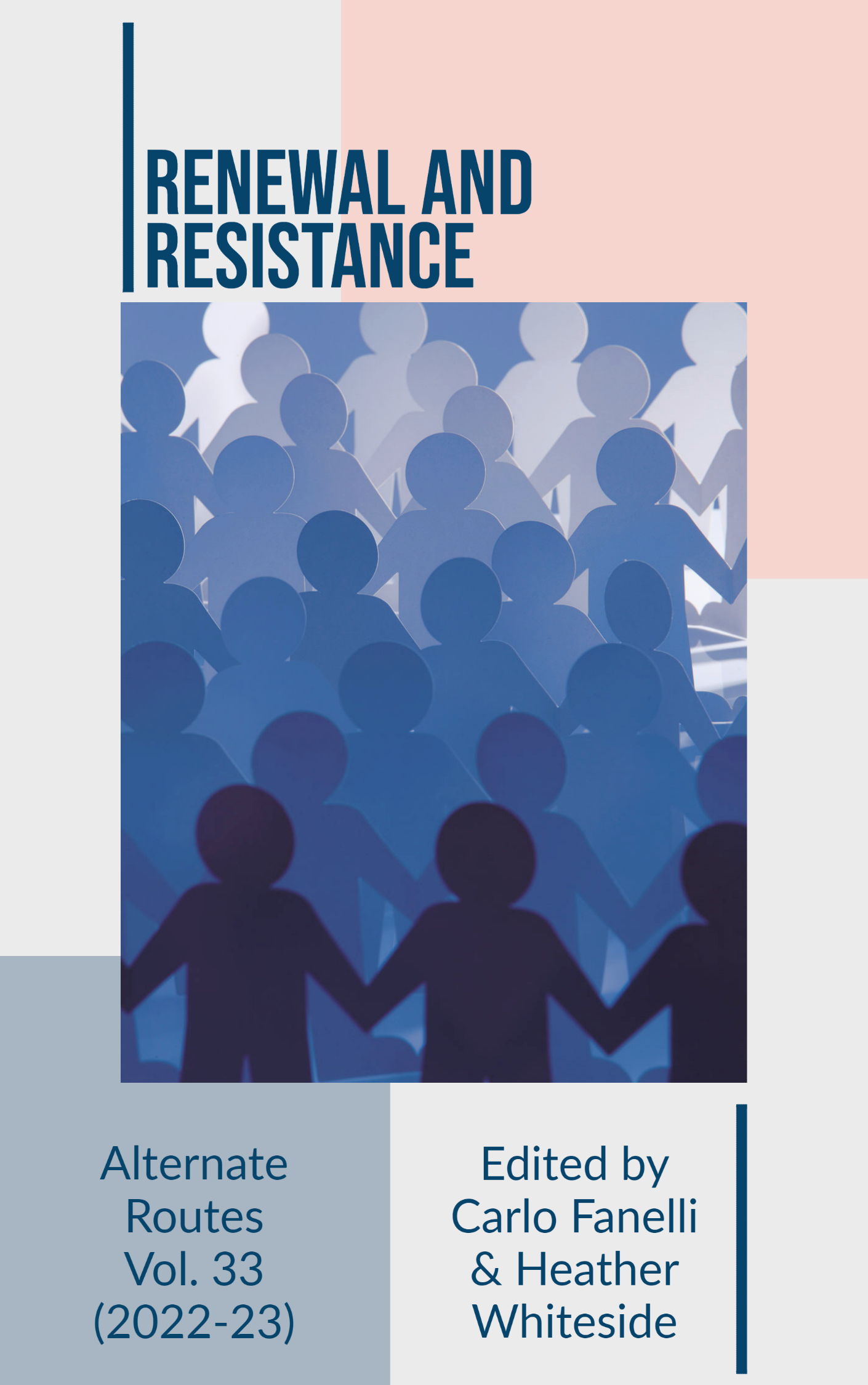Just Transition in the Construction Industry: A Union’s Campaign to Create Jobs by Promoting Climate Change Upgrades in Buildings
Abstract
Examples of unions successfully implementing climate change initiatives to reduce energy use and GHG emissions while simultaneously expanding members’ jobs are not that common. This article documents one such initiative: an innovative energy audit program developed by a small construction union, Local Union 131 of New Brunswick and Prince Edward Island, whose members install mechanical insulation (MI) on furnaces, ductwork and pipes. Faced with the contraction, or closure, of the traditional heavy industries where its members worked - and in response to the failure of the insulation contractors employing its members to find new work in other sectors of the economy - the union decided to do this itself. It developed a free energy audit program to persuade building owners of the financial benefits, energy savings and GHG emission reductions from upgrading their insulation. These have lowered building operating costs while achieving climate benefits, healthier indoor air quality, improved temperature control, better moisture management and improved student, faculty and staff comfort. In finding new work for its members using a strategy outside the bargaining table, the union has implemented a just transition program which it plans to expand to hospitals, government buildings, offices and manufacturing facilities. In the process it has raised the profile and reputation of the union in the industry while promoting awareness among members and the wider public of how its work addresses climate change.
Downloads
Published
How to Cite
Issue
Section
License
Copyright (c) 2023 Alternate Routes: A Journal of Critical Social Research

This work is licensed under a Creative Commons Attribution-NonCommercial-NoDerivatives 4.0 International License.
Articles are published in Alternate Routes: A Journal of Critical Social Research under the Creative Commons "Attribution/Non-Commercial/No Derivative Works" Canada licence.
The copyright for the articles published in this journal is retained by the authors, with first publication rights granted to the journal. By virtue of their appearance in this open access journal, articles may be used, with proper attribution, in educational and other non-commercial, not-for-profit settings. The submission of a manuscript to Alternate Routes will be taken to mean that the author understands and agrees to the following:
- the manuscript represents original work not previously published;
- the manuscript is not being considered elsewhere for publication in the same language (publication elsewhere in an alternate language does not preclude acceptance of submission to Alternate Routes);
- appropriate written copyright permissions have been secured for republication of any copyrighted material contained in the manuscript;
- copyright for this article is retained by the author, with first publication rights granted to Alternate Routes;
- by virtue of its appearance in this open access journal, it is understood that the article is freely available for use, with proper attribution, for educational and other non-commercial purposes;
- reuse of the article for commercial purposes by anyone other than the author requires permission of the author;
- the author agrees to cite Alternate Routes as a source whenever h/she later republishes or reuses the article in other platforms.


